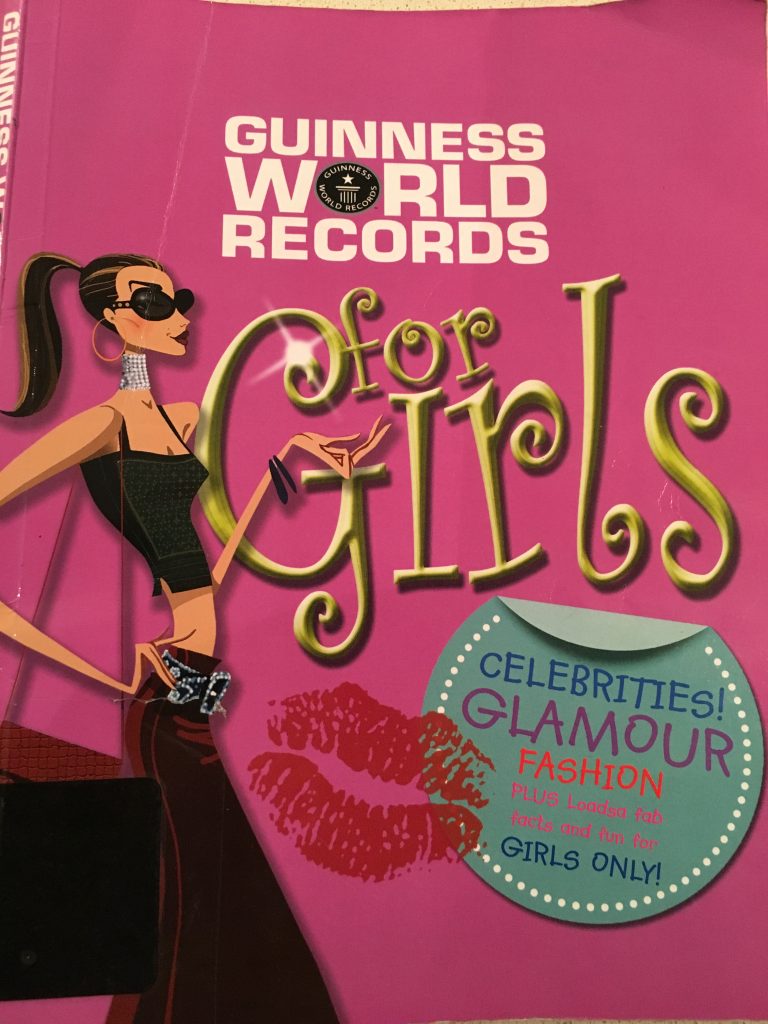Most schools make conscious efforts to educate around issues of diversity but even with the best intentions gendered stereotyping can sometimes go unnoticed or unchallenged as some of the examples on this page show.
Curriculum
Men have historically dominated many fields and this is reflected in who is taught across curriculum subjects. Even where schools do make efforts to include notable women in given fields, taken as a whole – across subjects and across year groups – men (and predominantly white men) still dominate, sending powerful messages to children. These examples below of explorers, inventors, artists or composers are those commonly taught in the primary curriculum, and are predominantly male – the female names are in orange.
InventorsHans Lippershey, Baron Karl von Drais, Edison, George Eastman, J Presper Eckert & John Mauchly, Penydarren, Alexander Graham Bell, Wilbur & Orville Wright, Martin Cooper |
ExplorersChristopher Columbus, Neil Armstrong, Edmund Hillary, Tenzing Norgay, Howard Carter |
ArtistsBruegel, Lowry, Arcimboldo, Wren, Rousseau, Hockney, Diego Rievera, Frida Kahlo, Haring, Klimt |
ComposersHandel, Vivaldi, Back, Mozart, Beethoven, Tchaikovsky, John Williams, Lili Boulanger |
Books
Whilst many schools make an effort to source books which model equality and diversity, as a whole, books in schools still reflect the mainstream book market which remains gendered in how it presents and markets children’s books. A review of the top 100 children’s picture books published in 2018 found a child is 1.6 times more likely to read a picture book with a male rather than a female lead, and seven times more likely to read a story that has a male villain in it than a female baddie. Male characters outnumbered female characters in more than half the books, while females outnumber males less than a fifth of the time.
There is a ‘girly’ section in our school library. All the books are lurid pink and easy to read. I’ve complained several times to have it removed, as literature shouldn’t be gendered.
Secondary school teacher, It’s Just Everywhere report
Language
Language can be a very powerful tool in challenging – or reinforcing – gender stereotypes. Whilst a zero-tolerance approach is rightly taken to racist or homophobic language in schools, what is considered ‘low level’ sexist language or ‘banter’ is often tolerated in a way that overlooks the profound effects it can have.
They’re general, everyday comments that people don’t pick out, or notice to be sexist.
Female student, It’s Just Everywhere report
Language that pupils hear around school, whether it’s from teachers, other staff, visitors or their own peers, can unintentionally reinforce gender stereotypes. Do adults address boys as ‘mate’ and girls as ‘sweetie’?, use phrases such as ‘we need a strong man to open that’ or make assumptions about professions and roles – ‘I went to the doctor’ – ‘what did he say?’ or ‘make sure you ask Mummy to sign the form’. Even without sexist intent, language can perpetuate harmful ideas about what it means to be ‘normal’ as a girl or a boy, and can reinforce that being a boy or a girl is the most important thing about them.
In school a teacher told me to man up when someone was bullying me.
Male student, It’s Just Everywhere report
My PE teacher has a large range of insults, his most common, and most insulting, is ‘like a girl’.
Girl age 9, Lifting Limits workshop
School practices
Gender stereotypes are sometimes hidden in school routines and practices. Are girls assumed to be more helpful and asked to help tidy up? Are boys assumed to be stronger and asked to move furniture? Are policies on uniform, jewellery and make-up applied equally to all? Are boys and girls asked to line up separately, or do seating plans assume girls and boys never like to sit together or talk to each other?
We were packing up and a girl went to put the boxes back in the cupboard but the teacher said ‘leave it, that’s a boys job, you go and pack the books’.
Male student, It’s Just Everywhere report
All the science groups in my class are named after men
Y2 pupil
Pressure to conform to stereotypes
Many children can see the limiting effects of stereotypes, yet they are hard to resist when a child wants to fit in with their peers. It is not enough for children to be told they can do anything or that sexist language is wrong – crucially they also need to see those messages reflected in staff attitudes, what they learn and their experience of the school environment.
Find out more: see Why it matters and What we do



